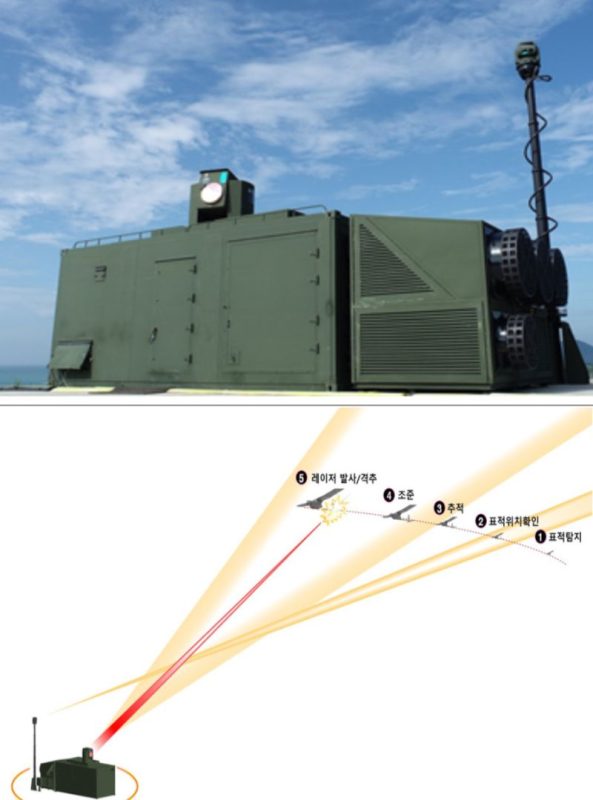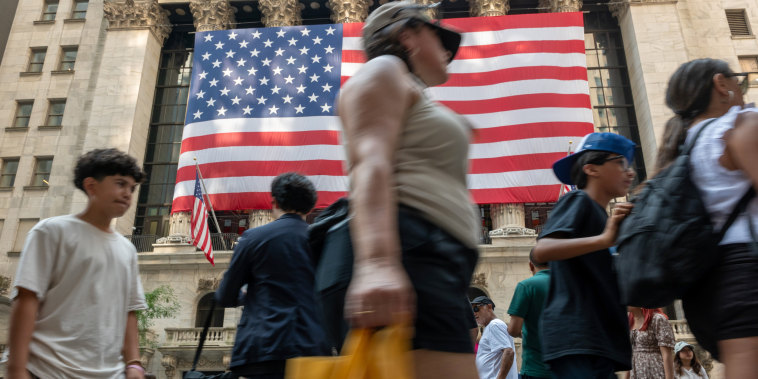Three days after the second round of France’s snap parliamentary election ended in gridlock, President Emmanuel Macron broke his silence to urge mainstream parties to form a solid majority in the National Assembly and shut out the extremes.
France’s vote, which Macron unexpectedly called after his party was trounced by Marine Le Pen’s far-right National Rally (RN) party in last month’s European elections, has tipped France into political limbo, after none of the three main blocs came close to forming an absolute majority.
In an open letter to the French people published Wednesday, Macron called on parties with “republican values” – understood to exclude parties on the far left and far right – to form a coalition large enough to pass laws in parliament.
Macron’s comments suggest he is unwilling to work with the more extreme part of the left-wing New Popular Front (NFP) coalition, which secured the most seats in the French parliament in Sunday’s second-round vote, but not enough to govern independently.
“I call on all political forces that recognize themselves in republican institutions, the rule of law, parliamentarianism, a European orientation and the defense of French independence, to engage in sincere and loyal dialogue to build a solid majority, necessarily plural, for the country,” wrote Macron.
Macron said it was “in light of these principles” that he will decide on the appointment of France’s next prime minister. “This means giving the political forces a little time to build these compromises with serenity and respect for each other,” he said.
The NFP won 182 seats in the National Assembly, making it the largest group in the 577-seat parliament. Macron’s centrist Ensemble alliance, which trailed in a distant third in the first round, mounted a strong recovery to win 163 seats. And the RN and its allies, despite leading the first round, won 143 seats.
It is customary for the French president to appoint a prime minister from the largest parliamentary group – in this case the NFP – and ask it to form a government.
But Macron and his Ensemble allies have repeatedly refused to enter into coalition with the far-left France Unbowed, the largest single party within the NFP, and have accused its leader, the 72-year-old firebrand Jean-Luc Mélenchon, of being just as extreme and unfit to govern as figures on the far right.
The NFP formed days after Macron called the snap vote, and chose its name in an attempt to resurrect the original Popular Front that blocked the far right from gaining power in 1936. After tactical voting and political bargaining between centrist and left-wing voters, the NFP managed the same feat in Sunday’s second round.
But the NFP does not speak with a single voice. The various parties in the coalition straddle vast ideological ground, from the far-left France Unbowed to the more moderate Place Publique and Socialist parties. When the shock result was announced, each party celebrated separately, and the bloc still has not nominated a leader to become prime minister.
Mélenchon has stated his intention to govern France. In a victory speech Sunday evening near Stalingrad Square in Paris, he said Macron “has the duty” to ask the NFP to form a government.
Unlike its neighbors Italy and Germany, France – with its presidential system – lacks the culture of coalition-building and compromise, meaning the formation of a new government could take weeks and prove fleeting.
Newly-elected members of parliament, called “deputies,” are scheduled to take their seats for the first time on July 18. But without a clear majority, a minority government faces the risk of no-confidence votes, which could lead to several governments replacing each other in quick succession.
French Prime Minister Gabriel Attal’s offer to resign was on Monday rejected by Macron, leaving him in place in a caretaker role until the new government is formed.
“The current government will continue to exercise its responsibilities, then take care of day-to-day business in accordance with republican tradition,” Macron said, in an attempt to calm the situation two weeks out from the Olympic Games’ opening ceremony in Paris.










